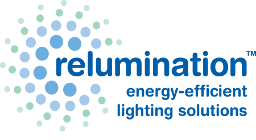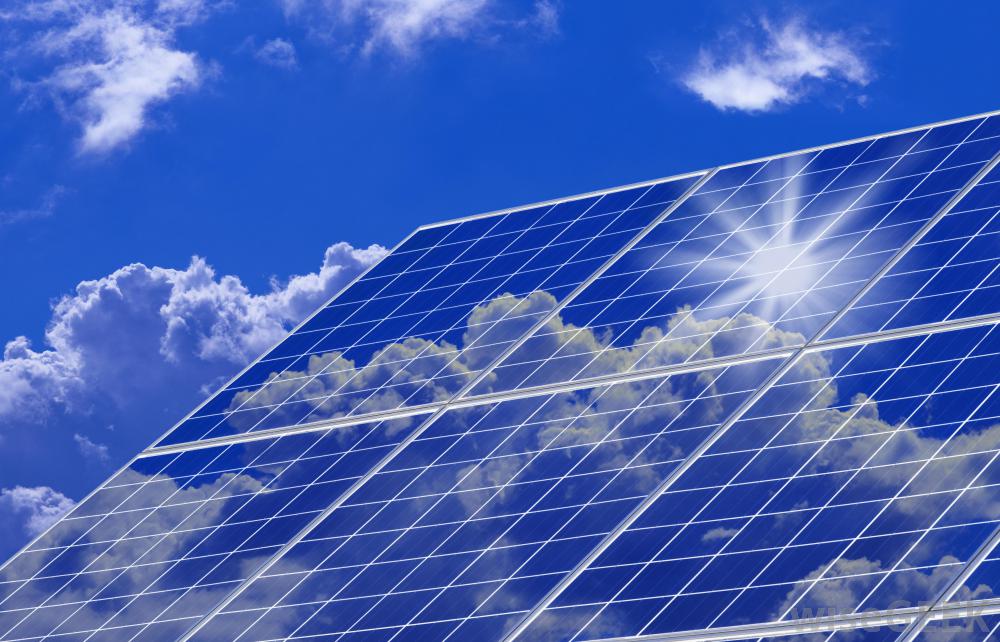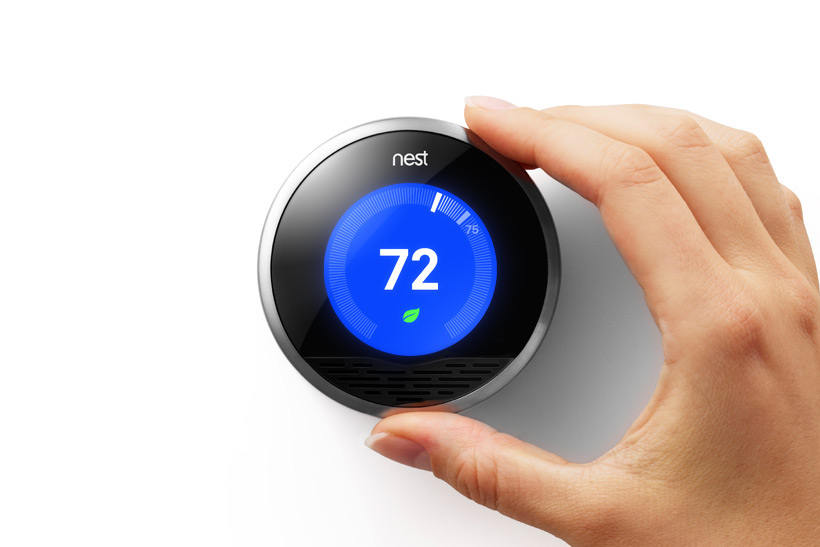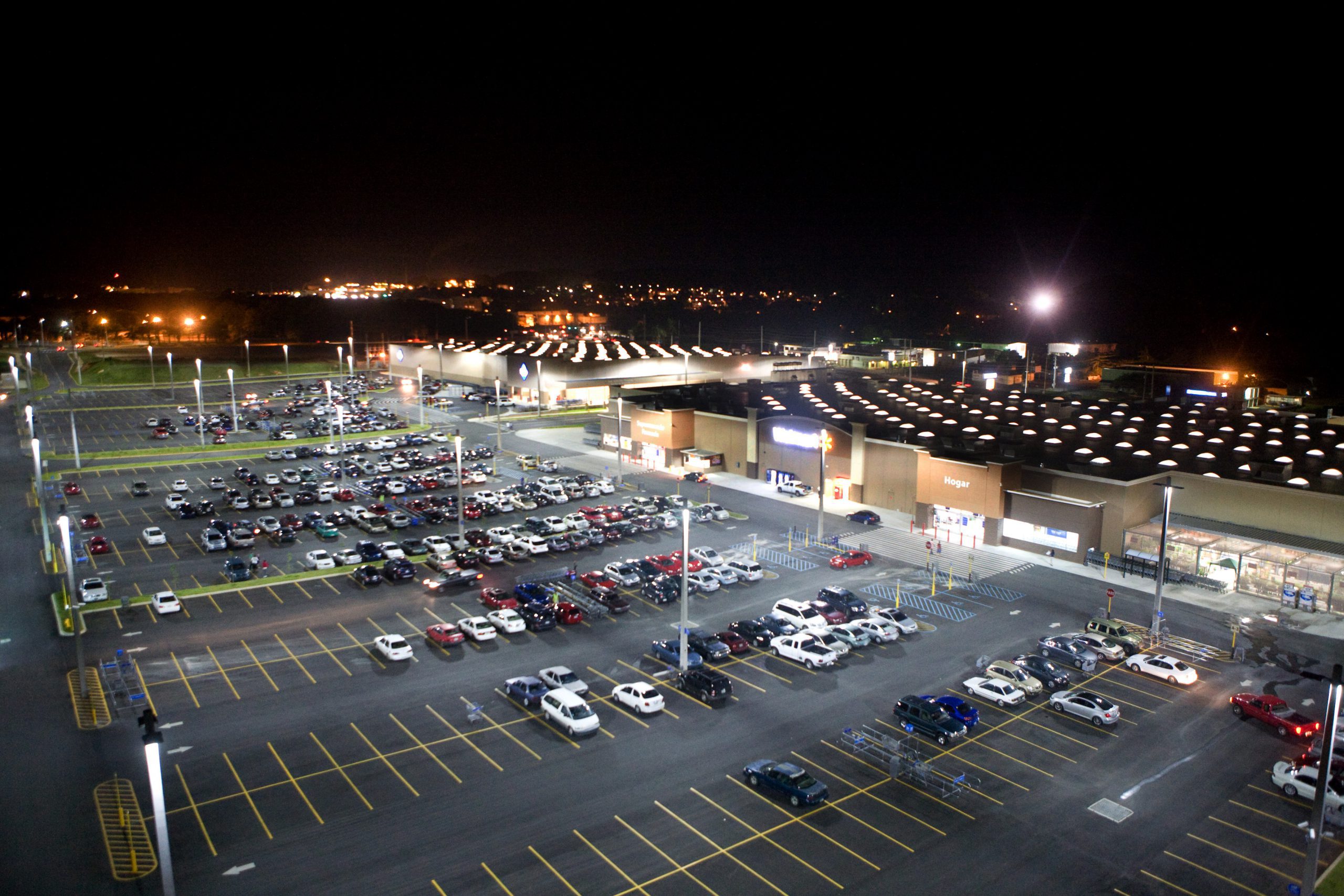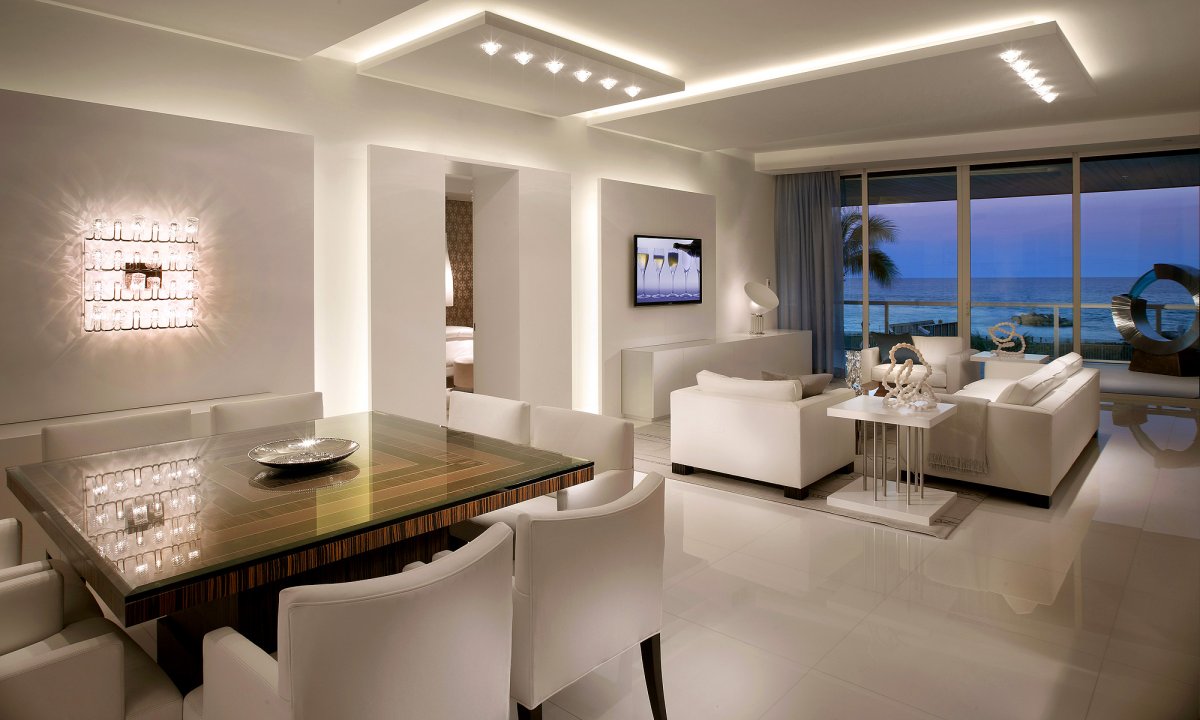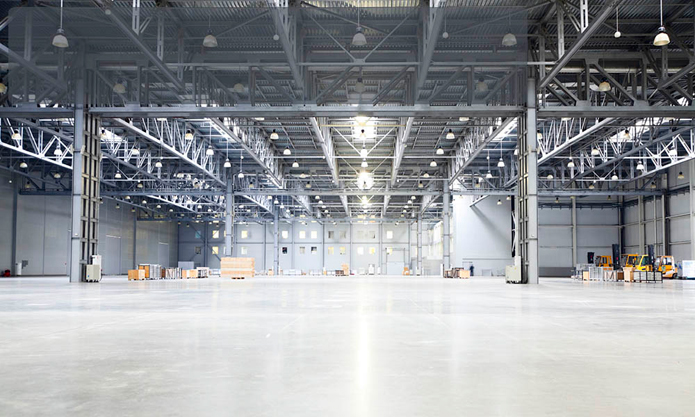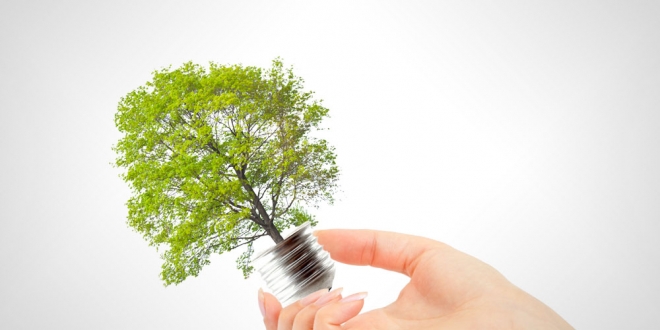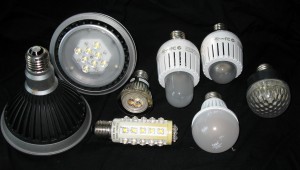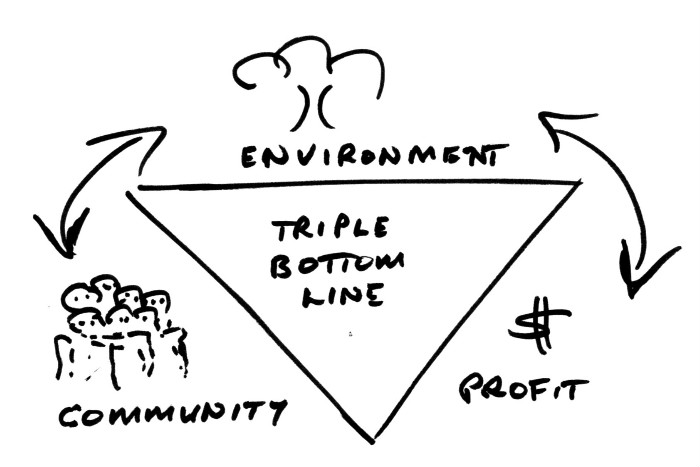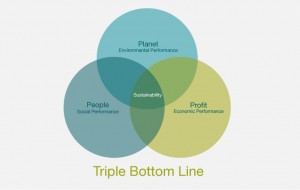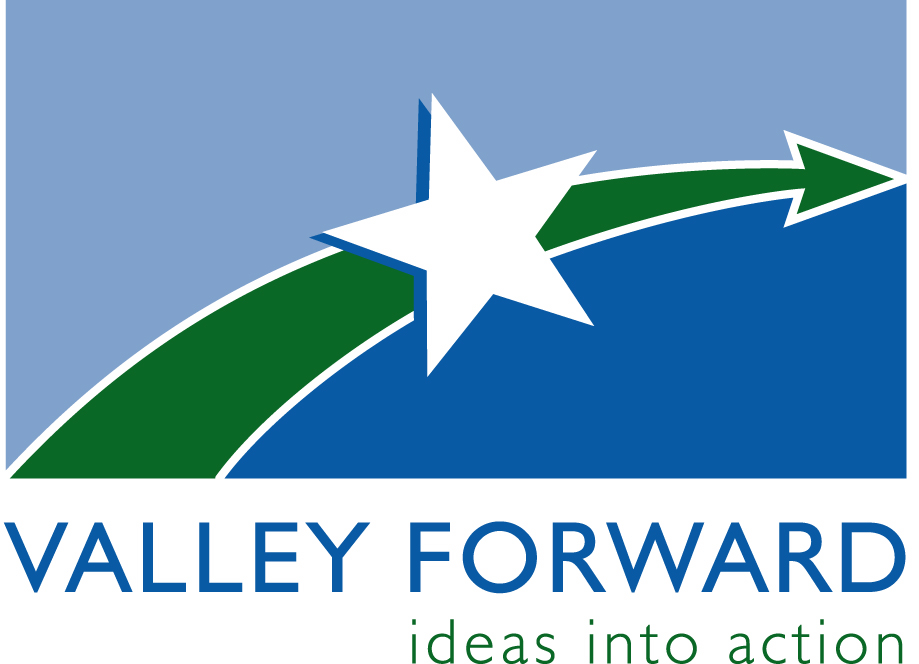Solar panels and electric lights have been getting quite cozy over the past few years. Whether it’s highway lamps charged up during the daylight hours, or businesses who dedicate their solar arrays to keeping the interior lights on, a huge amount of renewable power is being spent to make sure we never have to deal with the dark. Of course, for businesses who are looking for new and innovative ways to keep the lights on, the answer may have come from a former Chinese furniture store.
Does Solar Wallpaper Offer Sustainability For Lighting?
Len Gao and Phillip Gao are a father and son who, for years, used their furniture business as a way to finance their solar power ambitions. The result,according to Sustainable Brands, is that their new business Sunflare has produced a product unlike anything else; solar wallpaper.
It may sound ridiculous, but it’s actually not. These solar panels lack the stiff, glass substrates found in traditional solar arrays, and they are significantly thinner. Which means that, if someone wished to, they could put these panels up as wallpaper. Perhaps in the sun room.
An Open Design That Welcomes, and Saves Energy Costs
With the ability to put solar panels up inside, businesses may start re-thinking their designs. After all, if you can put up a bunch of windows to let in natural light, then you’re saving costs, and generating electricity at the same time. And, if a business combines these subtle solar panels with efficient lighting systems, like light-emitting diodes, then it’s possible they may never need to pay to keep the lights on again.
